Wednesday June 8th, 2016
I have been working at the Agassiz Research and Development Center for one month now and I have learned and done so much! While I have been working at reduced hours because of my concussion, my supervisor Meg Marshall and I have gotten allot done on the grounds at the research center. Most of our time has been spent in the insectary with our insect crops, in the greenhouses preparing our plants for planting and on the grounds. Since I began on May 2nd, my groundskeeping duties have included:
- Lawn maintenance on the research center grounds
- Grow ornamental crops in greenhouses to plant on the grounds
- Maintain trees and shrubs in the arboretum (forested area at the front/ center of the grounds)
- Plant and maintain plant beds on the grounds
- Rear insect crops to be used as biological controls in the greenhouses
- Attend various greenhouse and staff wide meetings
- Attend safety training on Gator motor vehicle operation and on bear awareness
- Participate in staff vs student team building soccer game
Since I began work on May 2nd, a large proportion of my duties were in the greenhouses or inside preparing plants and insects for the greenhouses. Therefore, this blog entry will describe my greenhouse duties and what I have learned in the process.
To prepare ornamental plant crops that will be ready to plant in the spring, it is necessary that they are first grown in a greenhouse from as early as December until the following May or June. In the winter or early spring, seeds are planted or pieces of parent trees are transplanted to new pots. They are watered and maintained until the weather is warm enough and they are strong enough to survive outdoors. Listed below is an explanation of the different tasks that my supervisor and I have completed thus far to keep the plants at maximum health and growth.
- Water plants
- Using water or fertilizer?
To survive, plants need food, soil, water and sun. The semi-clear material of the greenhouse allows sunlight to pass through and keeps the greenhouse warm (fans are used to keep air circulating and avoid overheating on hot days). When we are using the hose on the plants, we alternate between using regular water and a water-fertilizer mixture. The water-fertilizer mixture nourishes and feeds the plants which can sustain them for longer than if only given clear water.
- Overwatering and underwatering
It is important when watering plants to know when you have given the plant enough water or when it is still dry. Sometimes, a visual test can be done on the plant- if it is close enough to the individual, they can look at the color of the soil. If it is light in color and appears dry or if the plant is wilting, then more water is required. Otherwise, the soil may appear dark brown or black which means the plant may have gotten enough water. If the plant is close enough to the individual applying water, they can do a feel test where they touch the soil. It will either feel dry or moist and that will give some indication to whether the plant needs more water or not. Finally, if the plant is on a table with many others and a visual and feel test is hard to properly execute, then a weight test can be done. In this case, the individual applying water can carefully lift the plant and feel whether it is heavy or light- a plant that is well watered will be heavier than one that is dry.
Some plants are more subject to drying out- especially those in smaller pots and along the outside of the tables, so it is important that they are checked more frequently. When applying water, it is important that the waterer does not over disturb the soil of vulnerable plants- vulnerable plants being ones with a poor root system in place, a recently planted or transplanted crop and those in smaller pots. A lighter water output level or a shorter watering time may be required.
- Understanding plant needs in different weather conditions
In warm, dry and windy weather, plants are subject to drying out faster and will need to be checked and watered more often. In wet and cool weather, they may only need to be watered once a day or once every other day.
- Treating diseases
So far, the only plant disease which I have treated is a mold known as Botrytis cinerea which affects most plants- especially those in greenhouses. In our greenhouses, the lobelia and impatiens are especially vulnerable to Botrytis cinerea and must to be monitored and treated frequently. Applied as a deep soak with a watering can, we use RHAPSODY fungicide diluted in water to temporarily treat Botrytis cinerea. Since it can reoccur after a soaking treatment, the plants need to be closely monitored and treated soon after the disease is found. If left too long, the plant will rot and die. Shown below is a photograph of an Impatiens infected with Botrytis cinerea.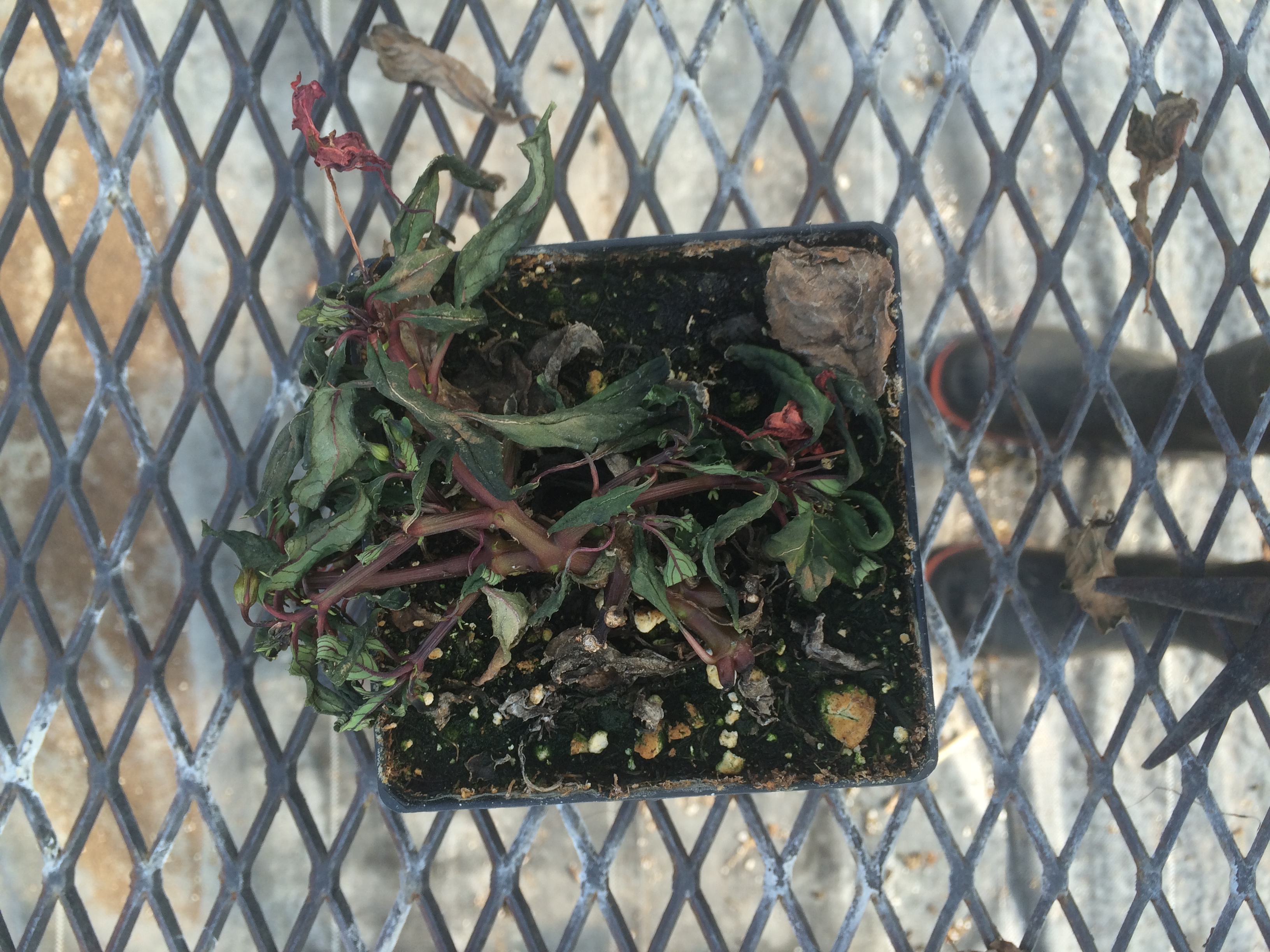
- Transplant pots
When a plant has grown to become too big for it’s pot, it is necessary that the plant and its soil be transplanted to a larger pot and that extra potting soil be added. It is important to make sure that the roots are fully covered with soil up to the base of the plant and the plant is firmly pressed into the soil to avoid it caving in or tipping over time. Finally, once transplanting is complete, the plant should be carefully watered.
- Manage biological controls
Various insect varieties can be used as biological controls in greenhouse crops instead of spraying pesticide or herbicides. In the research station groundskeeping greenhouses, some insect species are reared while others are bought due to a lack of resources and facilities. So far in our greenhouses, I have only released three insect species that we have reared- the Goldeneye Green Lacewing (Chrysopa oculata), the Common Green Lacewing (Chrysoperla carnea) and the Stink bug (Podisus maculaventris). The role of these insect species is to act as a predator and parasitoid to aphids-which are a major pest in greenhouse production. The Stink bug prefers to feed on soft bodied insects which causes great risk when exposed to Green Lacewings. To avoid the Lacewings being preyed on by the Stink bugs, they are put in different greenhouses. Shown below are pictures of two boughten biological controls which I release weekly in the greenhouses. One variety is released to prey on Spider Mites and the other on Gnats, Thrips and other small soil organisms.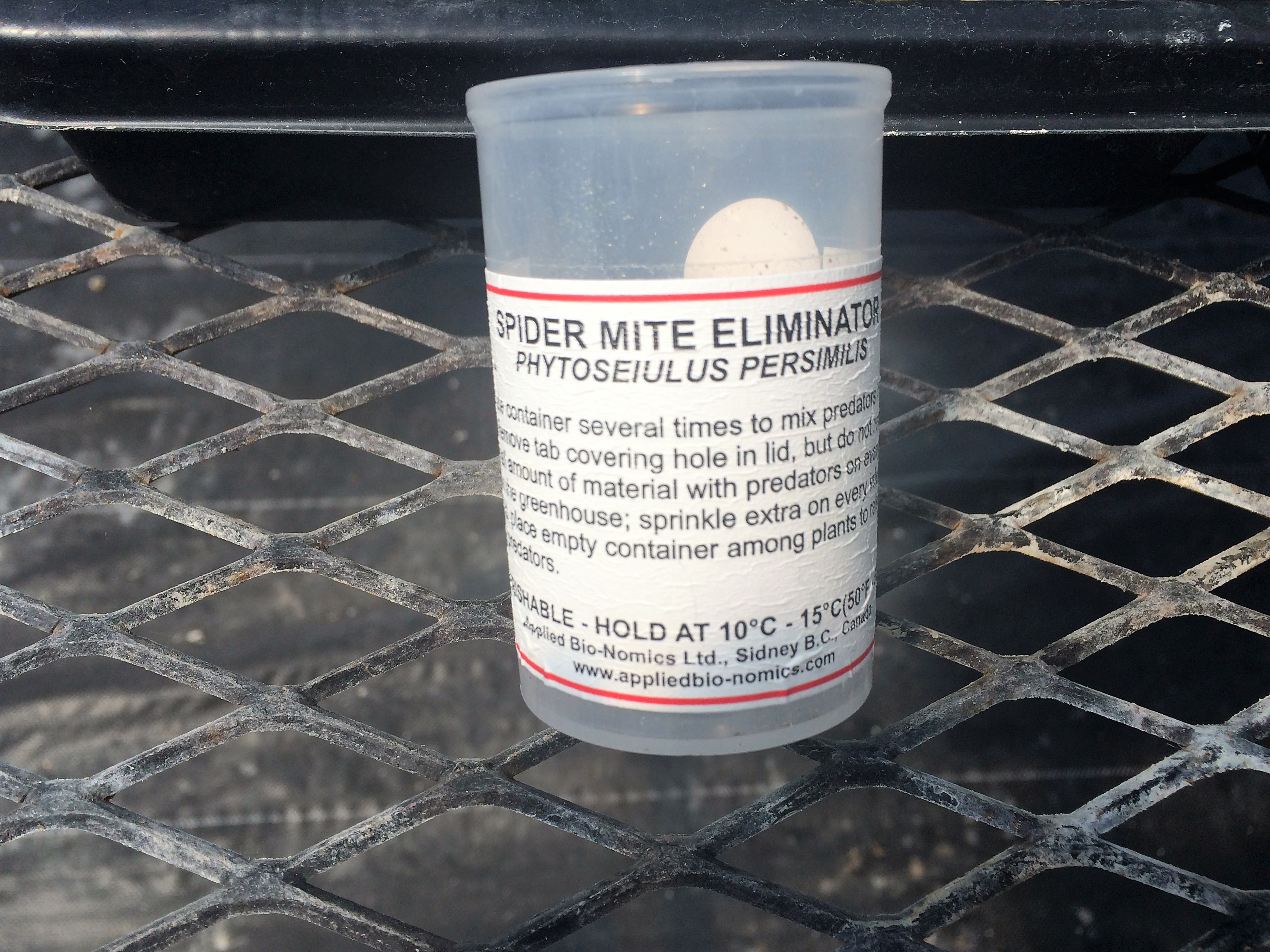
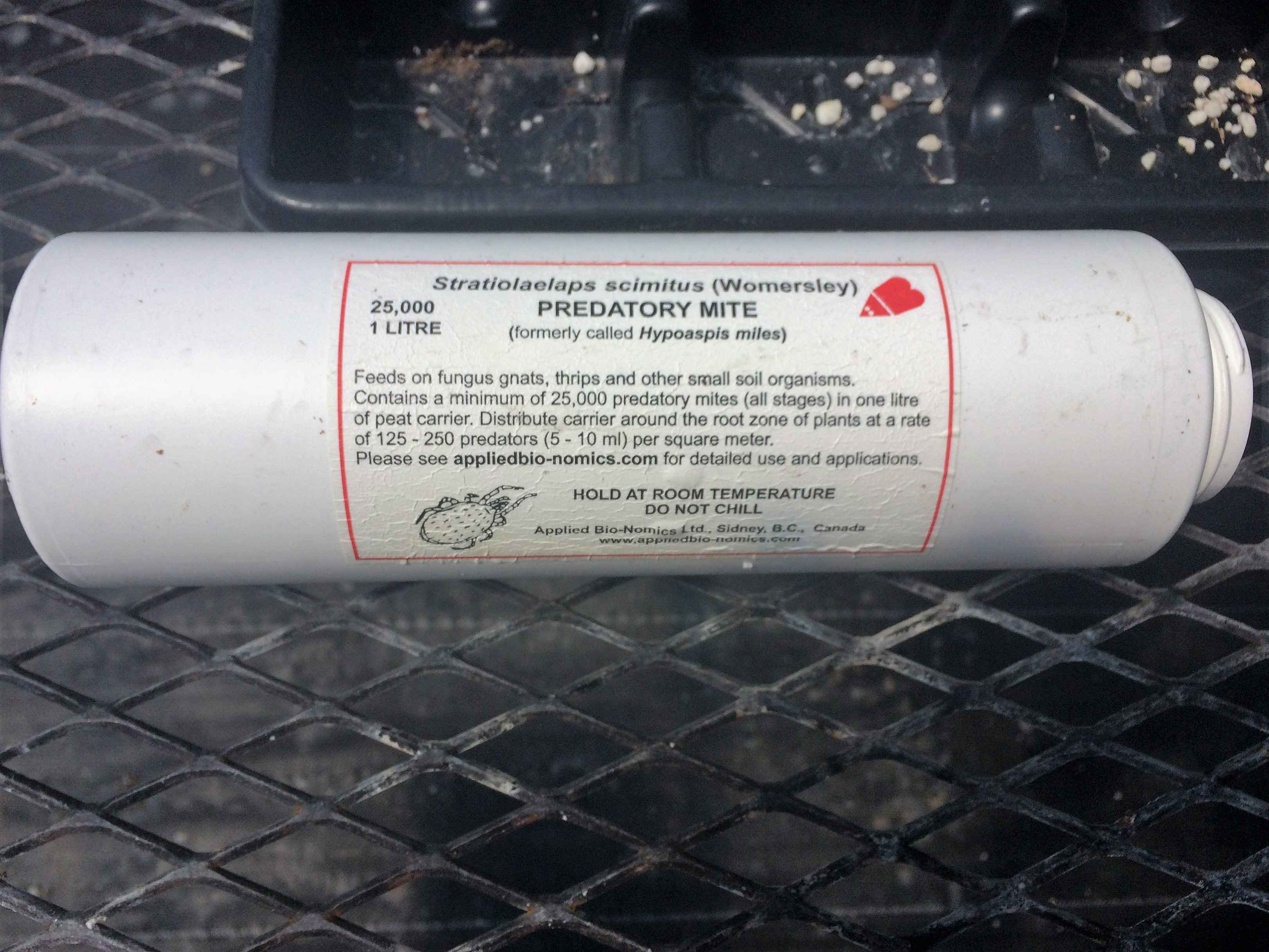
- Note: An explanation of the specifics of rearing different insect crops will be included in upcoming blog posts.
- Space pots and trim plants
Once a plant has filled out in its pot, it may become crowded in a tray with other plants if they are spaced too closely. This can limit the plants ability to get water and sunlight and can therefore reduce its ability to thrive and grow. This problem can be solved by trimming and thinning the plant so it is less tall and thick and by changing the spacing in the plant trays. When trimming the plants, it is important that a few healthy leaves and stems are left so the plant can effectively photosynthesize and regrow. For spacing, the diagram below contrasts two spacing options- the first which is too crowded while the second allows room for growth.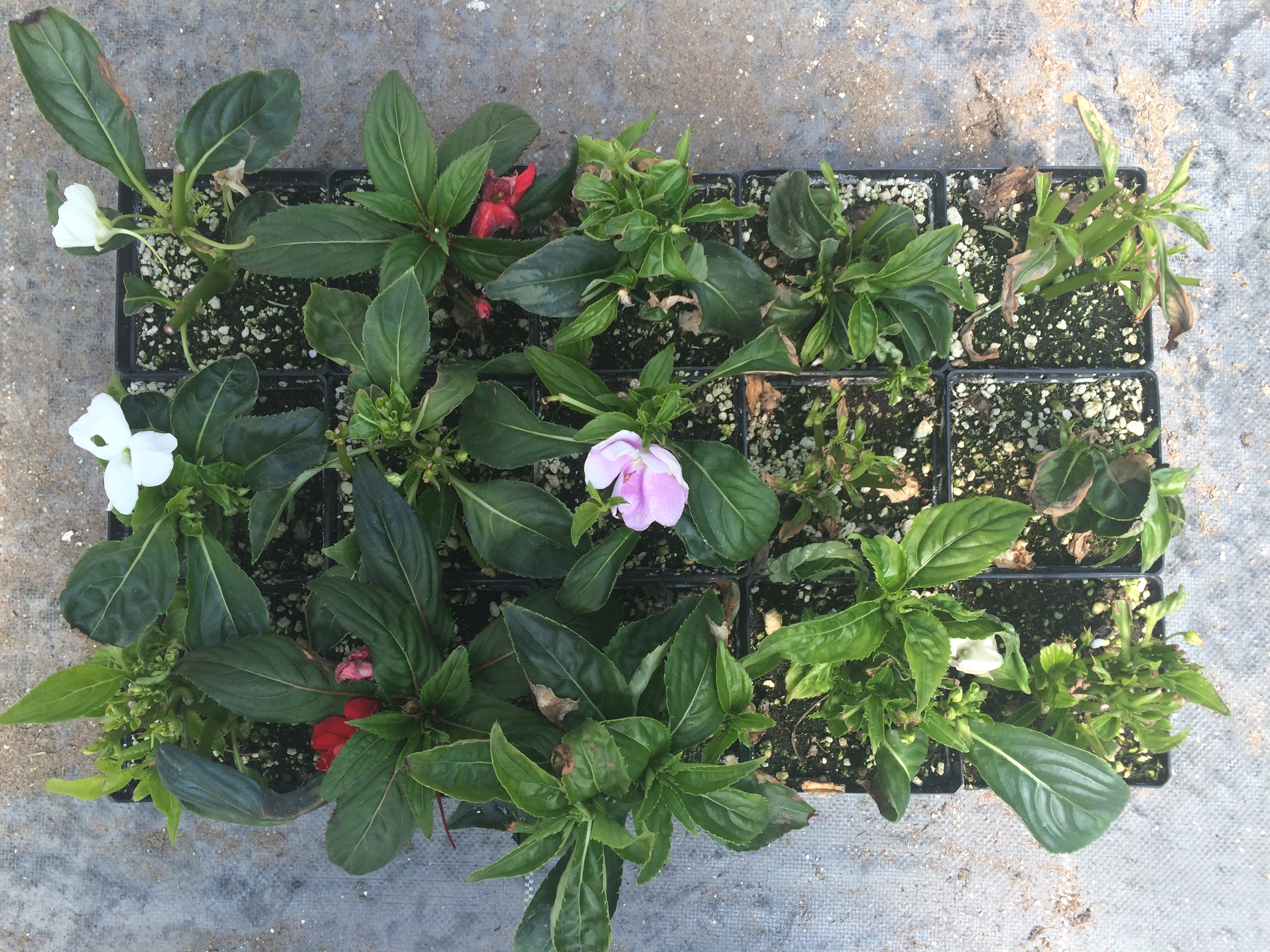
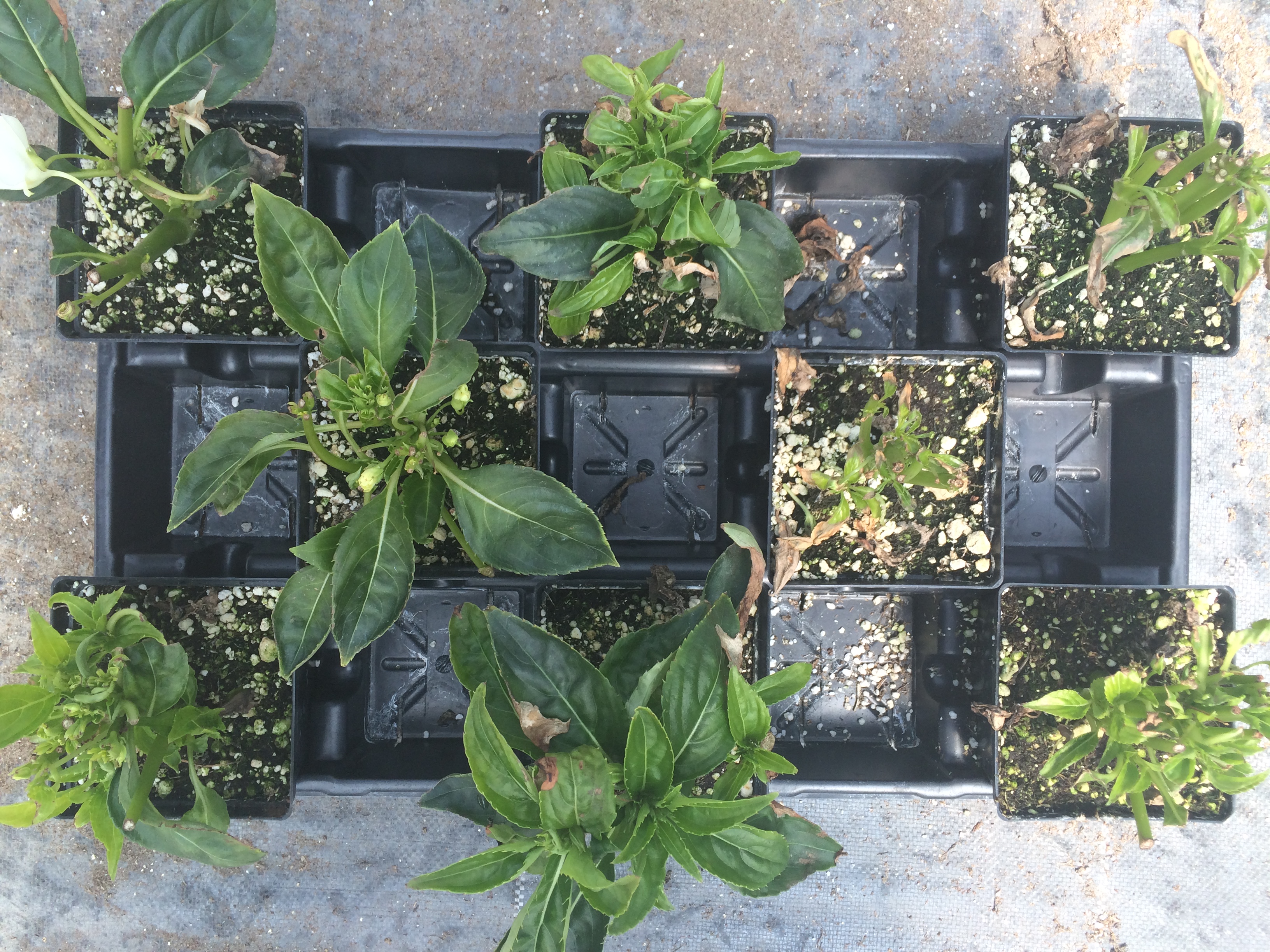 Listed below is the type of crops we have grown in the groundskeeping greenhouses this year and the most popular varieties:
Listed below is the type of crops we have grown in the groundskeeping greenhouses this year and the most popular varieties:
- Flowers
- Nicotiana
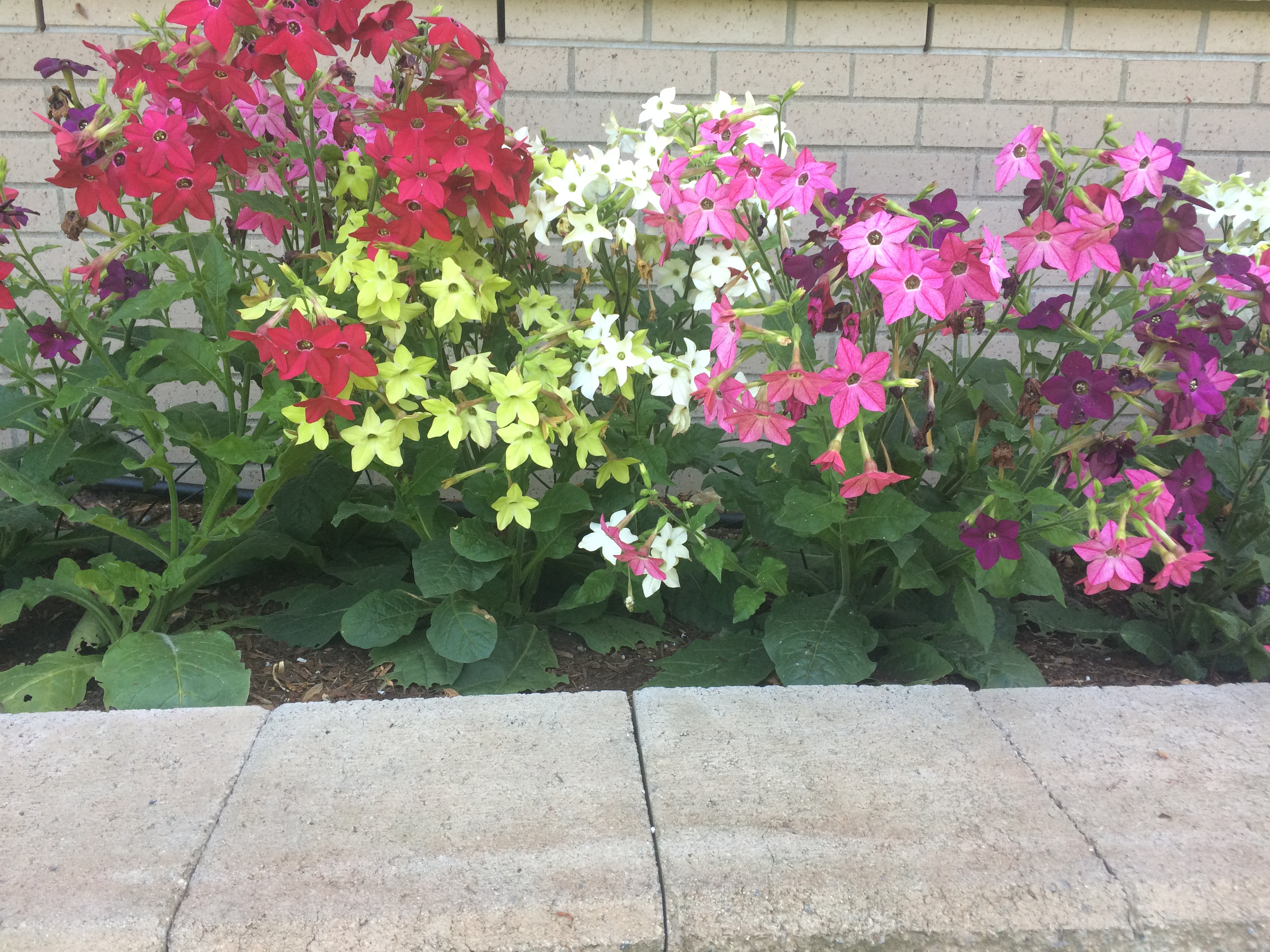
- Impatiens
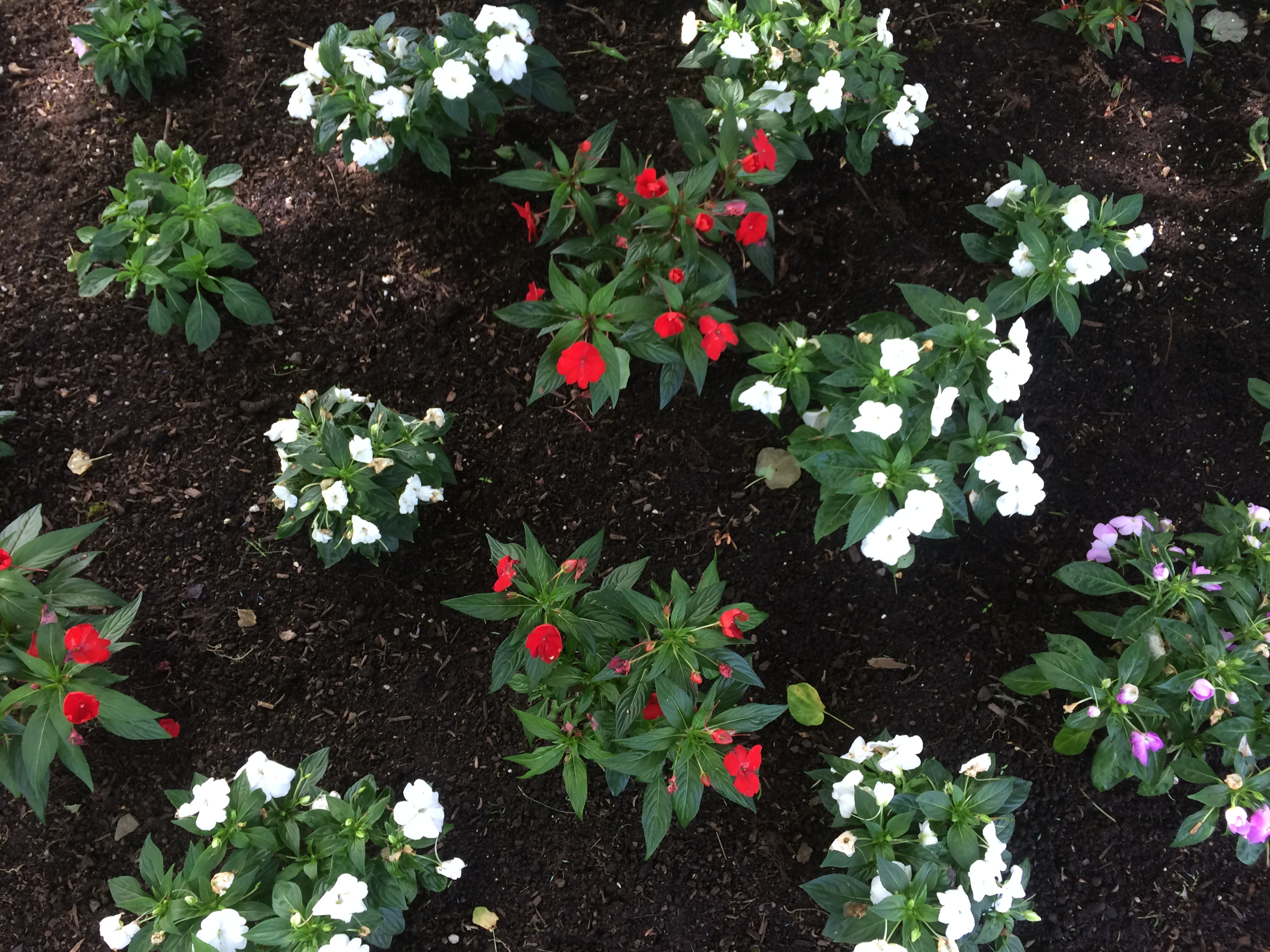
- Begonia
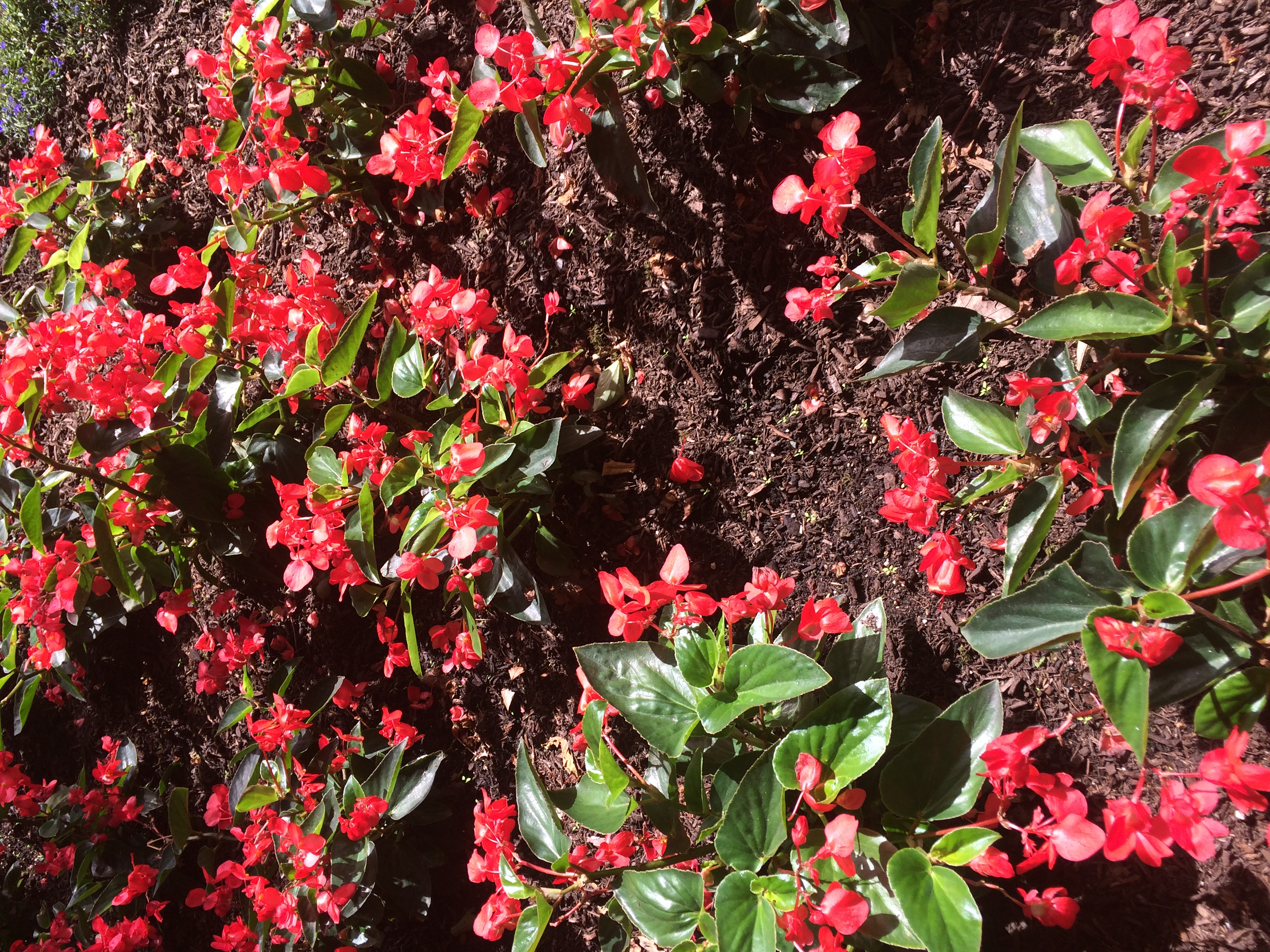
- Petunia
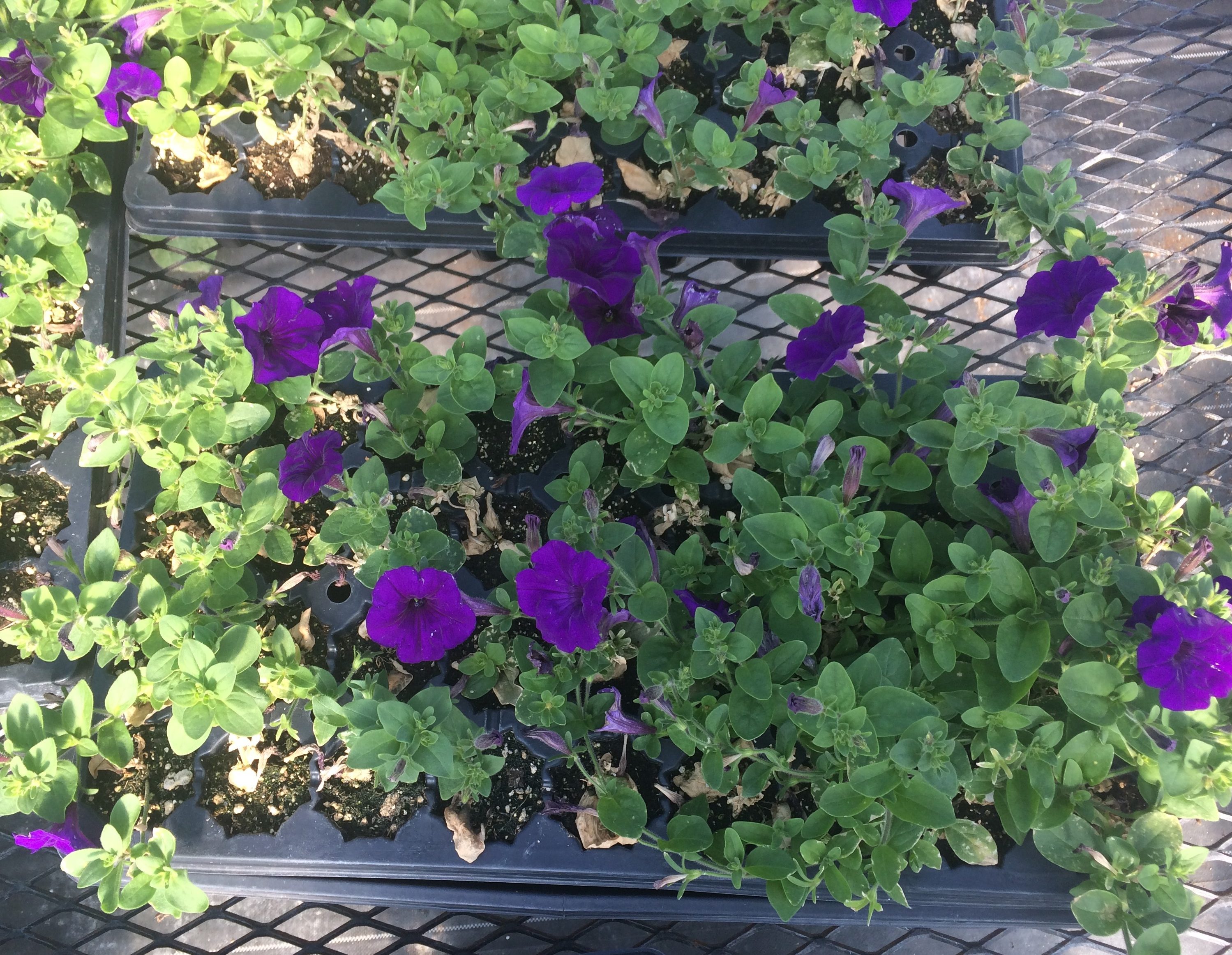
- Lobelia
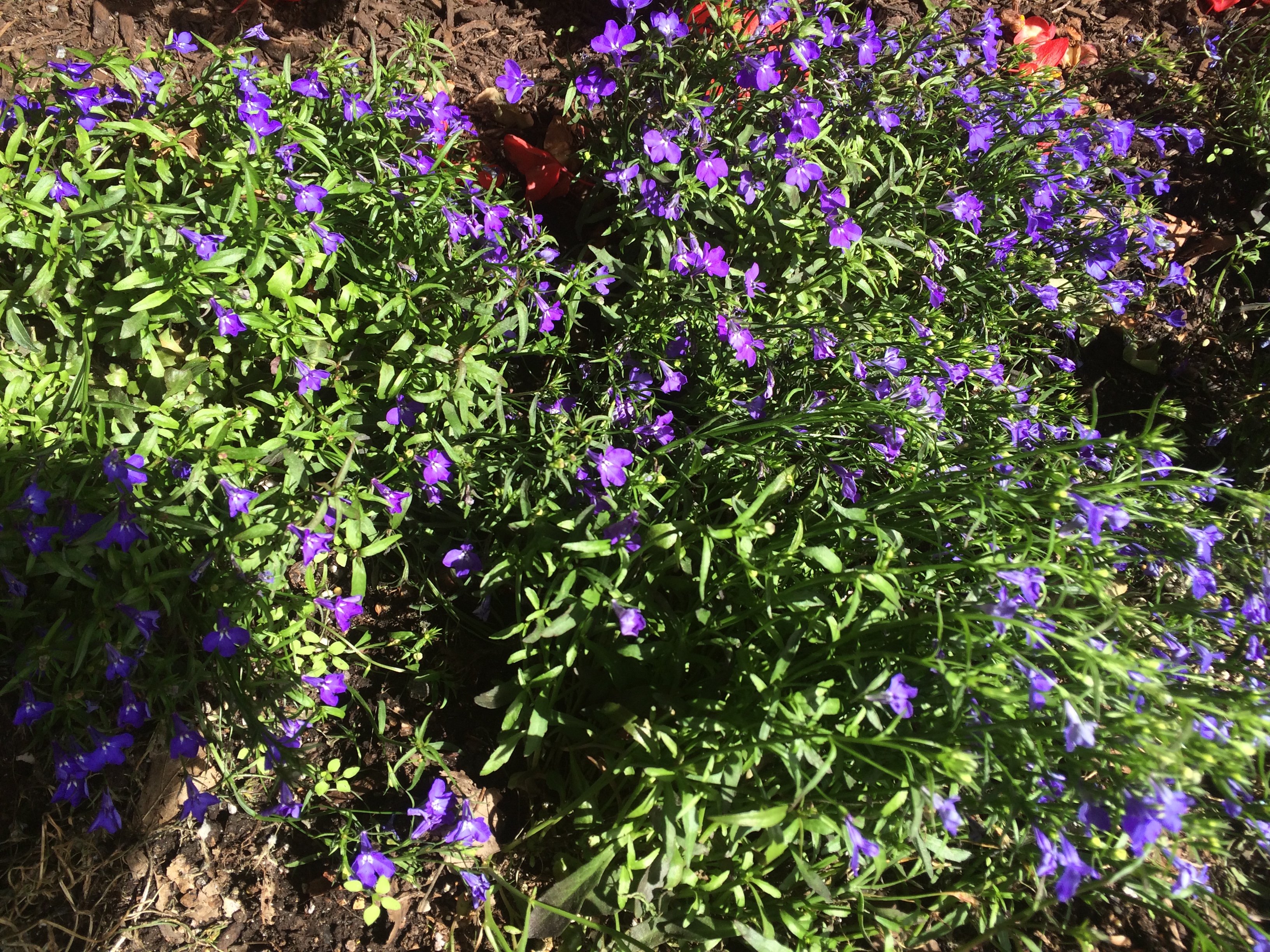
- Trees
- Fig tree
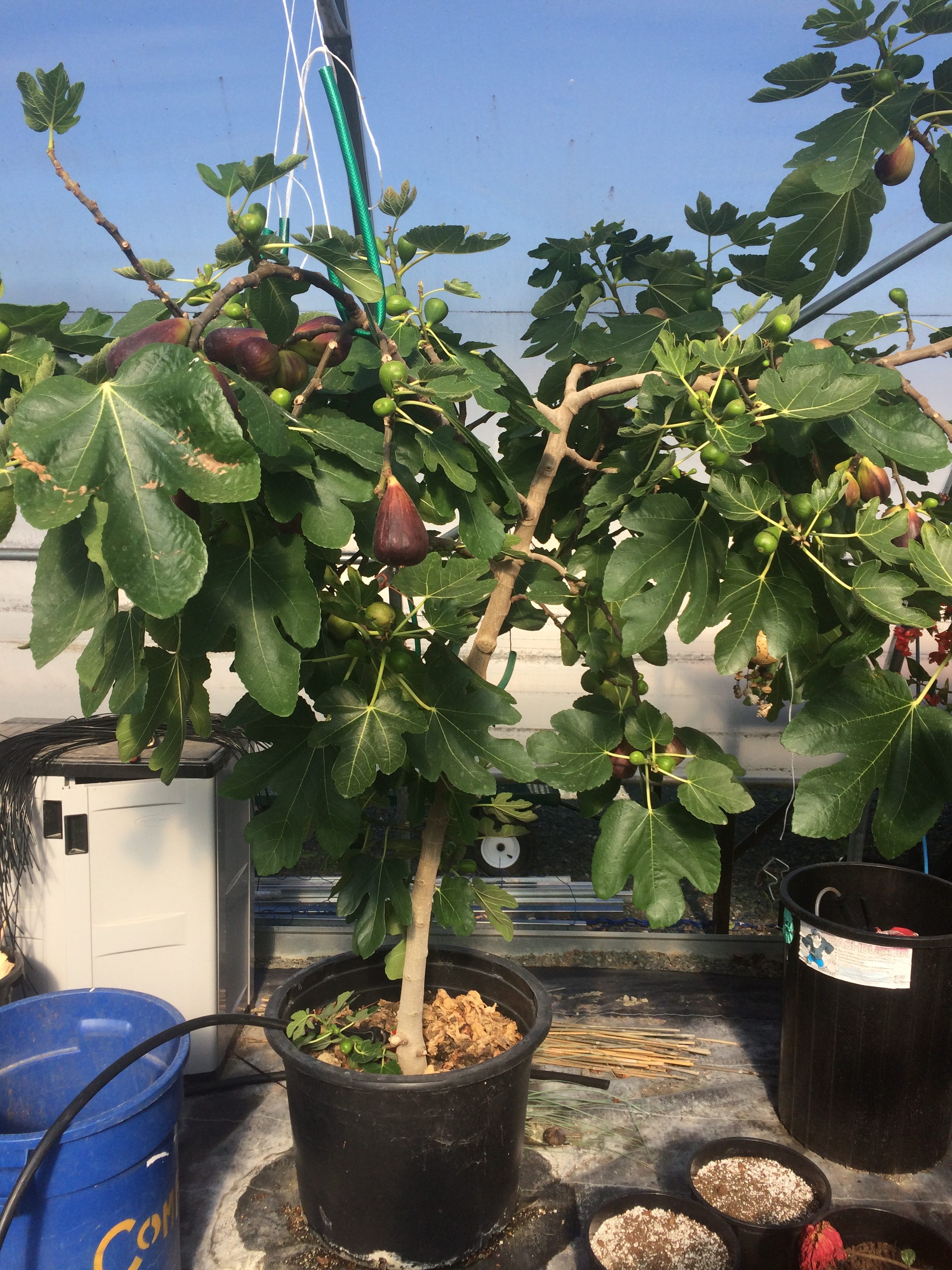
- Bay tree
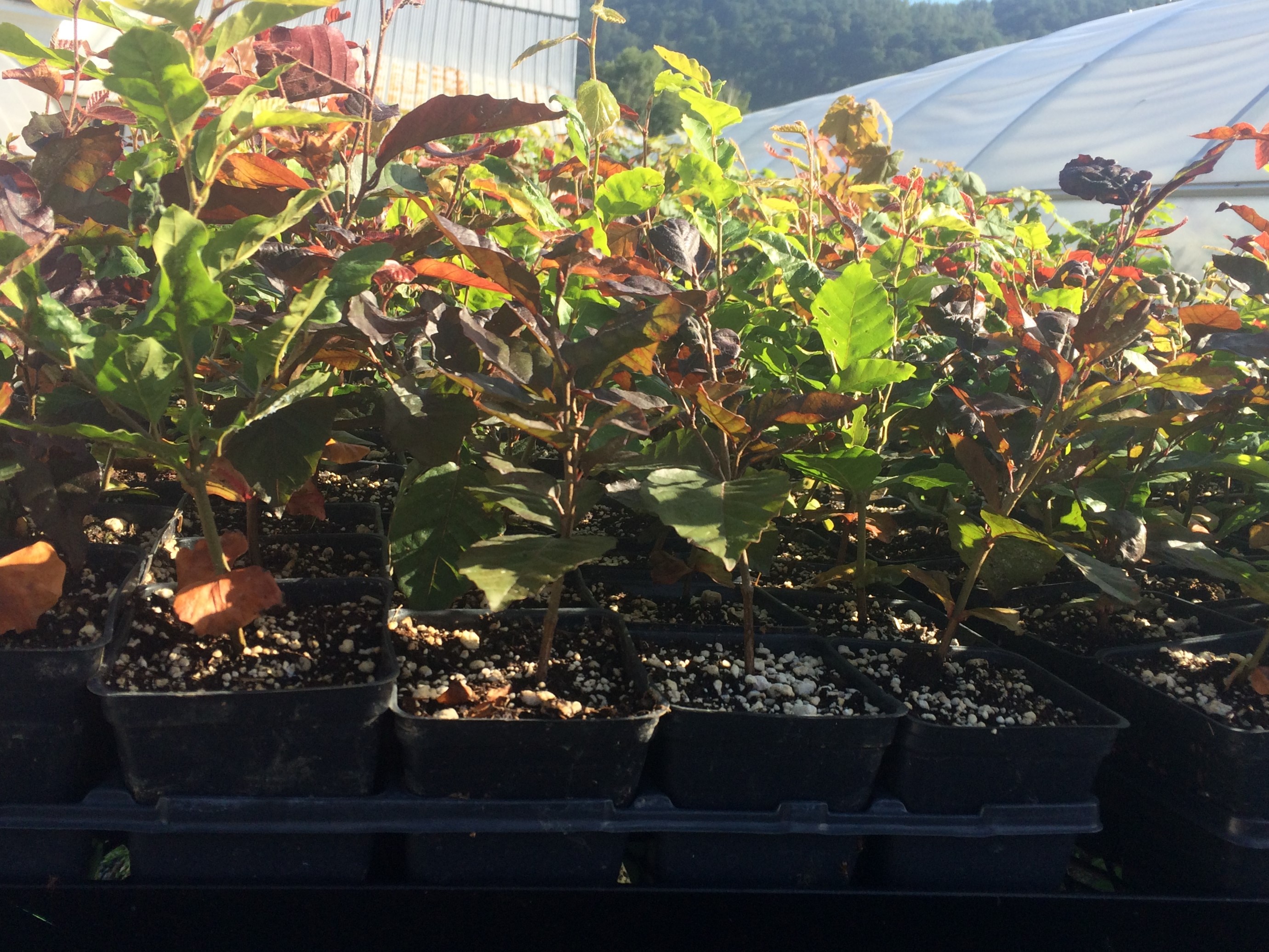
- Maple tree
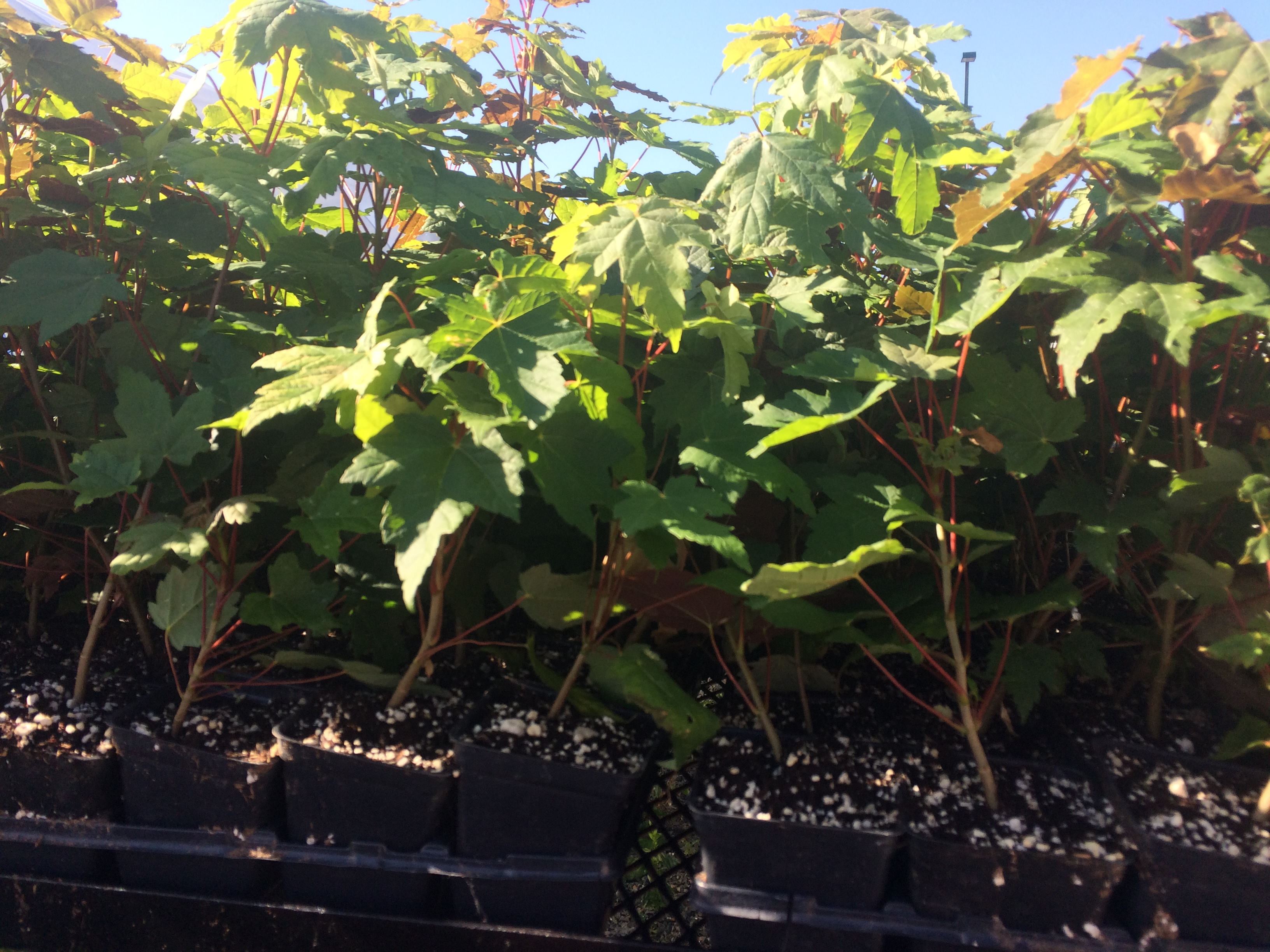
- Food crops
- Tomato
- Pumpkin
- Bean
- Note: we do not grow fruit crops as those are grown in large test plots in the greenhouses or outside and are used for scientific experiments.
As the weather is getting warmer, more crops will be planted outside and less work will be done in the greenhouse. I am eager to see how my work demands will evolve with the changing weather!
